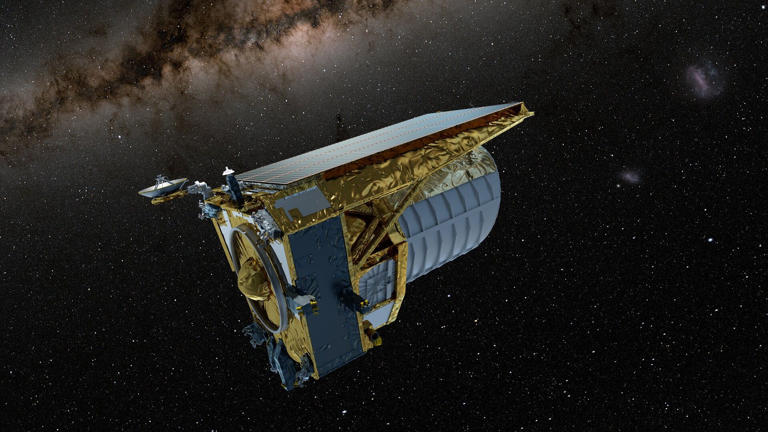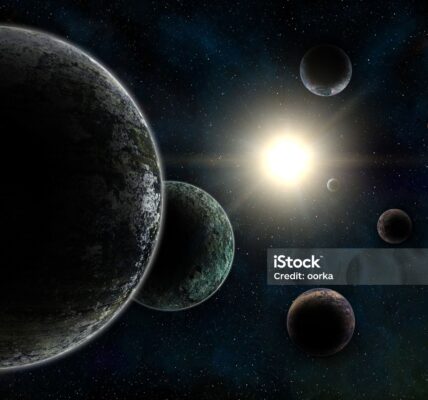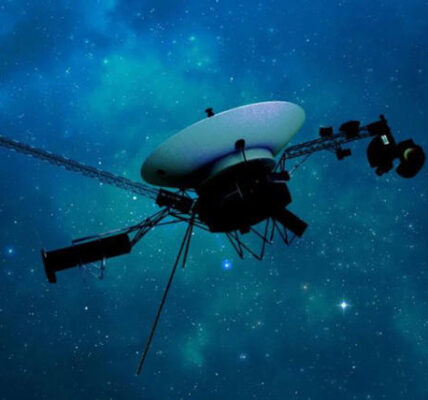Zombie Satellite Radio Burst shocks scientists as defunct NASA satellite Relay-2 emits a powerful 30-nanosecond signal after 57 years.

Zombie Satellite Radio Burst Stuns Astronomers After Decades of Silence
In a discovery that left scientists around the world amazed, a zombie satellite radio burst was detected on June 13, 2024. The signal came from Relay-2, a NASA communications satellite that had been silent since 1967. The pulse was extremely brief—just 30 nanoseconds—but its strength was unmatched, briefly outshining all other radio signals in the sky.
The signal was picked up by the Australian Square Kilometre Array Pathfinder (ASKAP), a powerful radio telescope system. At first, astronomers thought it might be a fast radio burst (FRB) from deep space. However, further analysis revealed that the signal didn’t come from a distant galaxy, but from right above Earth.
What Is a Zombie Satellite Radio Burst?
A zombie satellite radio burst refers to a sudden, unexpected radio signal from a long-dead satellite. In this case, the source was Relay-2, a satellite launched by NASA in January 1964 as part of an experimental communications project. It stopped working just three years later, in June 1967, and had been inactive ever since.
The fact that Relay-2 produced such a powerful signal after being silent for nearly six decades is both surprising and fascinating. It’s a rare example of what experts call a “zombie satellite”—spacecraft that come back to life in strange and unpredictable ways.
Two Theories Behind the Zombie Satellite Radio Burst
Scientists have proposed two possible explanations for this strange zombie satellite radio burst:
-
Electrostatic Discharge
Over many years, the metal parts of Relay-2 could have slowly built up an electric charge. At some point, that charge may have suddenly discharged, releasing a quick burst of radio energy. This kind of static event could happen without any human involvement. -
Micrometeoroid Impact
Another possible cause is that a tiny space rock—called a micrometeoroid—hit the satellite. This impact could have created a brief plasma cloud that emitted the powerful radio pulse.
Dr. Clancy James from Curtin University and his team believe the signal matches what we might expect from either of these natural events.
How the Zombie Satellite Radio Burst Was Detected
The burst was so strong—measuring over 300 kilojanskys (kJy)—that it briefly became the brightest radio signal detected at the time.
When scientists looked more closely, they found that the signal had a dispersion measure consistent with Earth’s ionosphere, not with deep space. This confirmed that the zombie satellite radio burst came from a source within Earth’s orbit, not from a distant star system.
After removing ionospheric effects from the signal (a process called dedispersion), the team confirmed it had a duration of just 30 nanoseconds, making it both extremely short and extremely powerful.
Relay-2 and the History of Zombie Satellites
Relay-2 isn’t the first dead satellite to surprise scientists. In 2012, amateur radio enthusiasts picked up signals from another old satellite called LES-1, which had been silent since the 1960s.
But unlike LES-1, which gave off weak and repeated signals, the zombie satellite radio burst from Relay-2 was sudden, sharp, and intense. Its orbit, around 12,400 miles above Earth, made the pulse even stronger than usual by the time it reached our instruments.
Events like this show that dead satellites aren’t always as quiet or harmless as we think.
Why the Zombie Satellite Radio Burst Matters
This event is not just interesting—it’s also a wake-up call. The growing number of dead satellites and other space junk orbiting Earth poses a real risk. There are now more than 30,000 large objects in orbit, and many more smaller ones we can’t even track.
A zombie satellite radio burst like this shows that old satellites can still react to natural forces, like static buildup or tiny impacts. That means they could also break apart, creating more debris and increasing the chance of collisions with working satellites or even space stations.
As Karen Aplin from the University of Bristol noted, this event shows how important it is to monitor these objects more closely.
Improving Space Safety Through Monitoring
The surprise zombie satellite radio burst is now pushing scientists to rethink how we watch the skies. Teams are exploring how radio telescopes like ASKAP can be used to routinely detect these bursts, helping us understand where and when they happen.
Future goals include:
-
Tracking how often these bursts occur
-
Identifying high-risk orbital zones
-
Improving early warnings for spacecraft operators
-
Creating better plans for satellite decommissioning
This could lead to safer conditions in space and help prevent costly or dangerous accidents.
What’s Next After the Zombie Satellite Radio Burst?
Scientists have already shared their initial findings on arXiv, an open-access scientific paper platform. But this is just the beginning. Researchers plan to keep monitoring the skies for similar pulses from other defunct satellites.
The zombie satellite radio burst from Relay-2 is proof that even a satellite that’s been dead for over 50 years can still surprise us. And in a time when more and more satellites are being launched every year, keeping an eye on the quiet ones might be just as important.
Final Thoughts: A New Way to Watch the Skies
The sudden zombie satellite radio burst was not a signal from aliens—it was something even more remarkable: a reminder that space is still full of mysteries, even in the things we thought we left behind.
With better monitoring tools and more attention to space debris, we can not only protect today’s technology but also better understand the strange events happening just above our heads.Related:
Pancake Domes on Venus: 5 Stunning Breakthroughs





Sprunki Incredibox brings a fresh twist to music-mixing fun with new beats and visuals. It’s a great pick for fans looking to explore creative soundscapes. Check out more Puzzle Games!